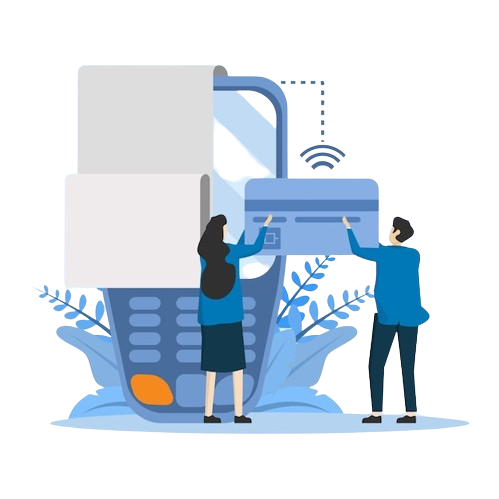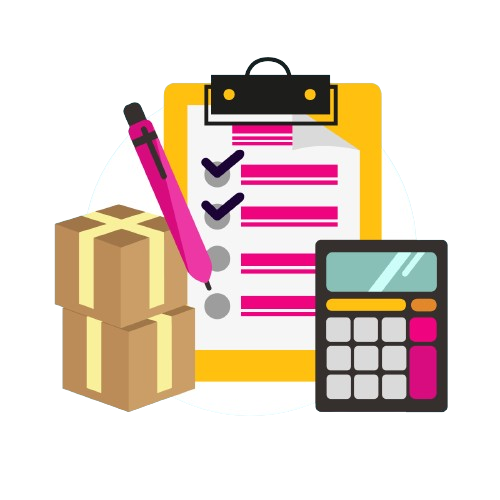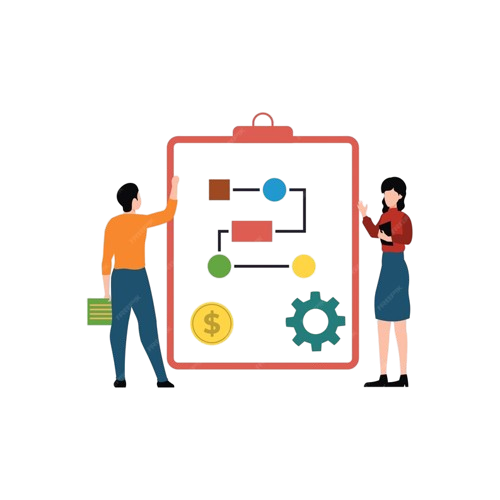
MANUFACTURING MAINTENANCE



Product Lifecycle Management (PLM)
Refers to the management of the entire lifecycle of a product from its inception through engineering design and manufacturing to service and disposal. In the context of maintenance, PLM helps in tracking and managing product information, changes, and maintenance requirements throughout its lifecycle.
Bill of Materials (BOM)
Is a comprehensive list of raw materials, components, and assemblies required to manufacture a product. For maintenance, BOMs are crucial as they specify what parts are used in equipment, facilitating accurate maintenance planning and spare parts management
Versioning
Refers to the practice of creating and managing different versions of documents, designs, or software. In manufacturing maintenance, versioning ensures that changes made to equipment manuals, maintenance procedures, or designs are tracked and managed systematically



Routings
Are predefined sequences of operations or work steps required to manufacture a product or perform a service. In maintenance, routings help in planning and scheduling maintenance tasks and activities, ensuring that procedures are followed consistently.
Worksheets
Are detailed documents or instructions that guide technicians or operators through specific tasks or maintenance procedures. They provide step-by-step guidance on how to perform inspections, repairs, or other maintenance activities
Master Production Schedule (MPS)
Outlines the production plan for manufacturing operations. In maintenance, MPS helps in coordinating maintenance schedules with production schedules to minimize downtime and optimize equipment availability



Routes
Define the sequence of operations or steps that a product or component follows during production or assembly. In maintenance, understanding routes helps in planning maintenance activities in a logical sequence to ensure efficient execution.
Maintenance Requests
Are formal requests submitted by personnel or systems to initiate maintenance activities. They document maintenance needs, prioritize tasks, and ensure timely resolution of equipment issues or failures.
Control Points
Are specific checkpoints or milestones in a manufacturing process where quality, performance, or safety parameters are monitored. In maintenance, control points help in assessing equipment condition, identifying potential issues, and implementing corrective actions as needed.

